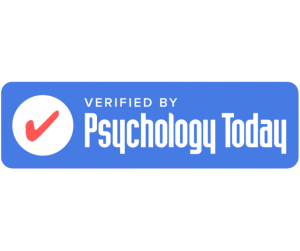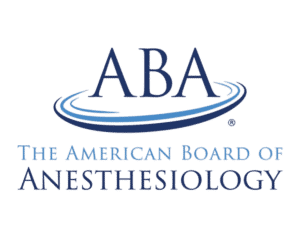Naltrexone works by blocking the effect of opioids in the brain and decreasing cravings and urges to use opioids. This allows patients to maintain abstinence from narcotics and reduce the desire to use. Naltrexone is FDA approved to treat both alcohol use disorder and opioid use disorder. Naltrexone comes in a pill form or as an injectable.
How Naltrexone Works
Naltrexone blocks the sedative and euphoric effects of opioid drugs, therefore preventing relapse in patients. Naltrexone is not an opioid substitute such as Methadone or Suboxone, it is not addictive, and it does not cause withdrawal symptoms upon cessation. Unlike replacement medications, Naltrexone has no abuse potential. Naltrexone binds to the opioid receptors and blocks them in order to suppress opioid cravings. This also prevents relapse since Naltrexone blocks the effects of opioid drugs. If a person relapses and uses opioids while on Naltrexone, it will not have any effect on them, and they will not feel “high”. This makes Naltrexone a highly effective medication for treating opioid addiction, after detoxification.
Naltrexone for Opioid Use Disorder
Naltrexone is commonly prescribed to treat opioid addictions. Naltrexone is FDA approved to treat Opioid Use Disorder and is available in a tablet or injectable form. Naltrexone is an opioid antagonist, meaning it blocks the opioid receptors in the central nervous system.
Before Starting Naltrexone
It is important to note that patients must be fully detoxed from opioids in order to begin taking Naltrexone, since any antagonists taken by an opioid dependent patient may lead to withdrawal symptoms. Naltrexone will trigger withdrawal syndrome in patients who are currently dependent on opioids. Once a patient has fully detoxed from the opioids they were taking, they can begin taking the prescribed Naltrexone.
Conclusion
In conclusion, Naltrexone is a very beneficial opioid antagonist medication, which helps patients remain abstinent from opioids and reduce cravings. Naltrexone is particularly more desirable than opioid replacement drugs since it is not addictive and has no potential for abuse. When selecting a treatment for opioid addiction, it is important to select a program that is highly effective, without using substitute opioid medications and ensures great aftercare support. With the ANR Treatment, patients will be prescribed Naltrexone typically for 12 months to ensure abstinence from opioids and reduced cravings, without taking replacement opioid medications.







